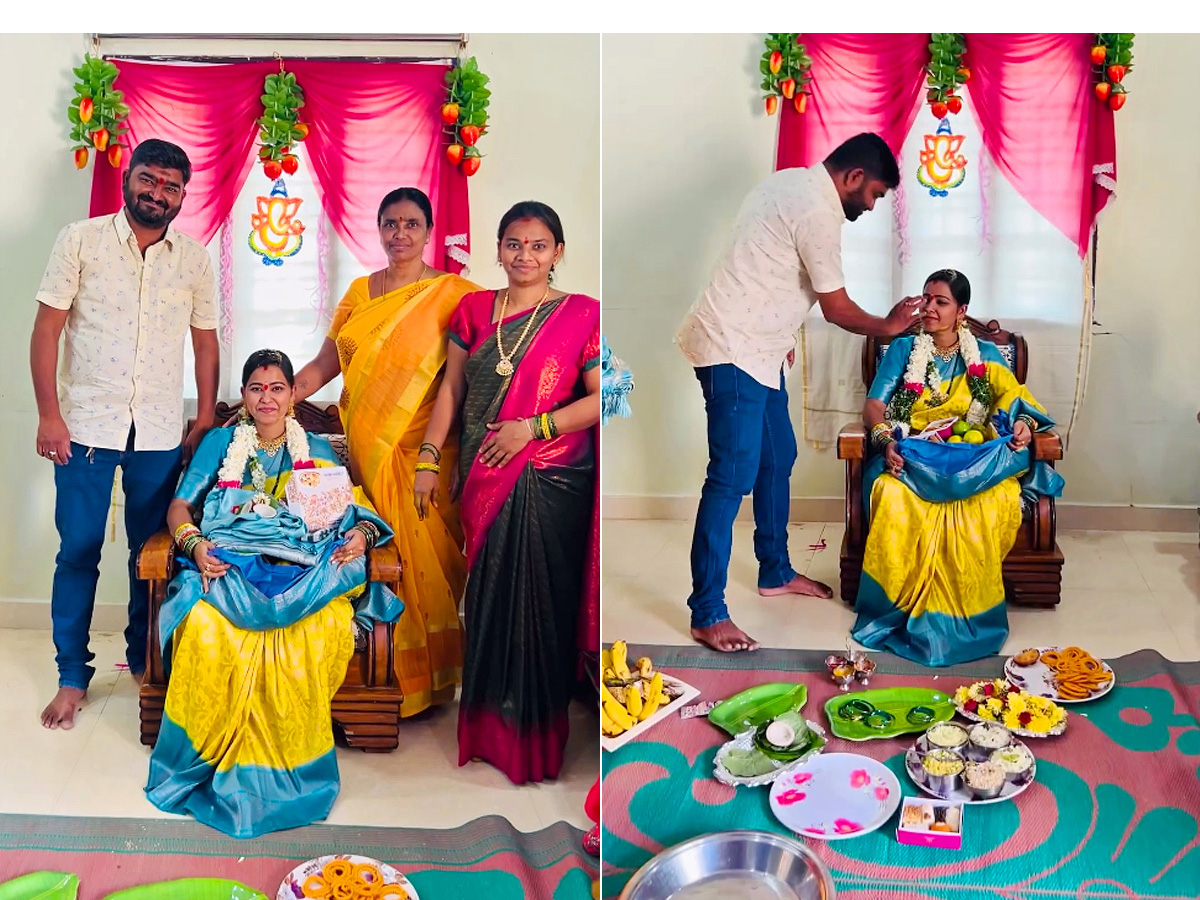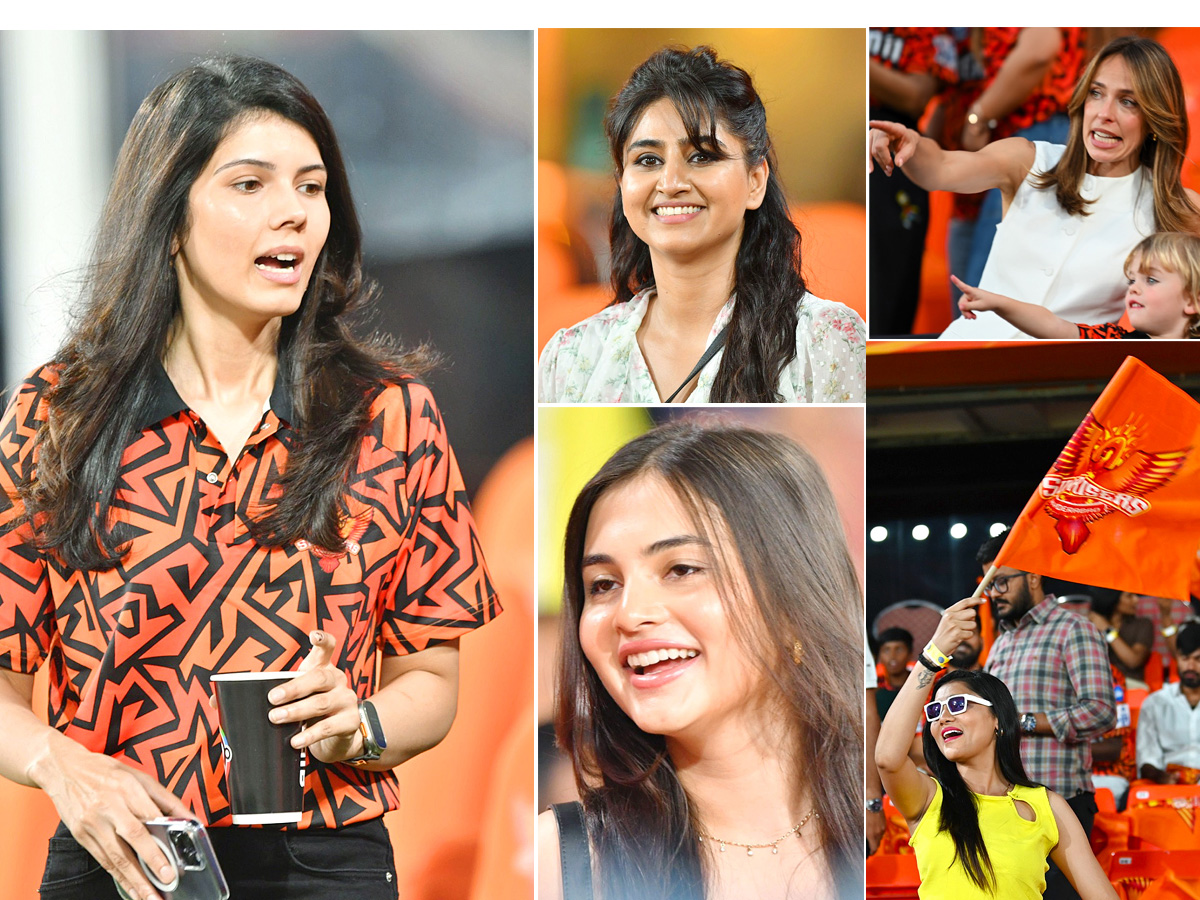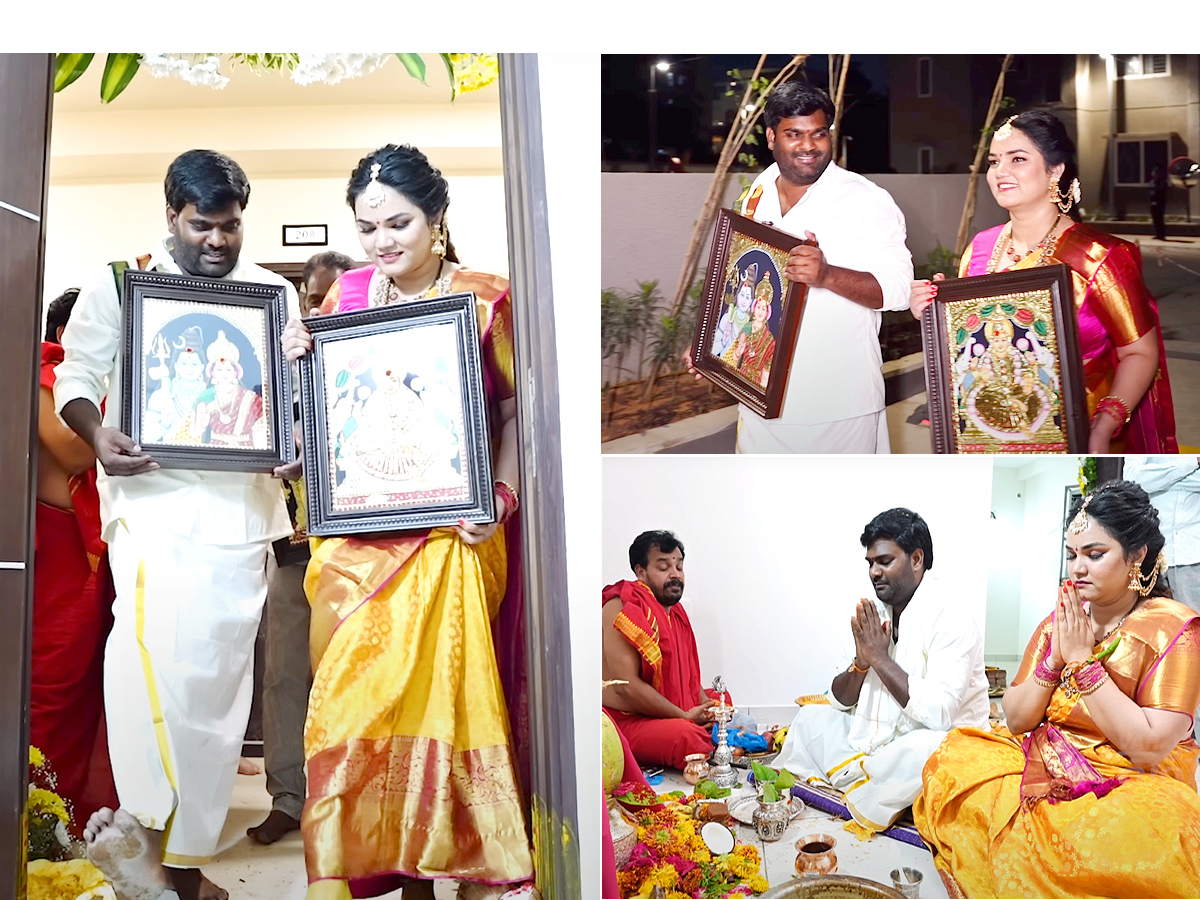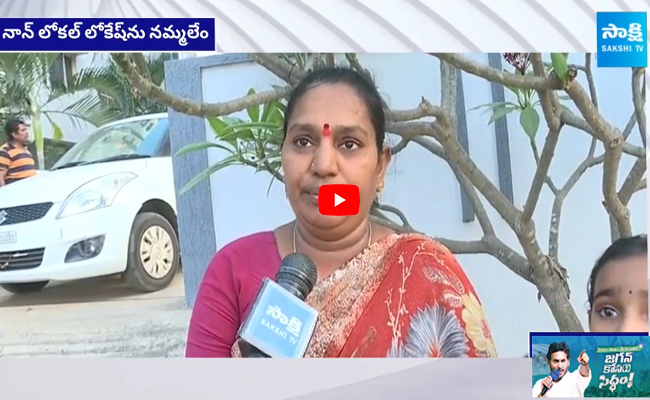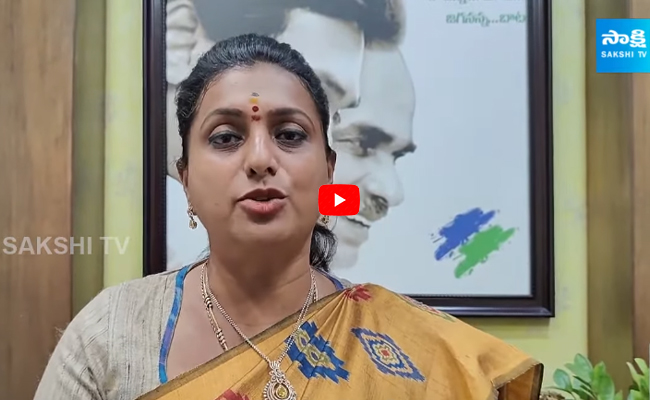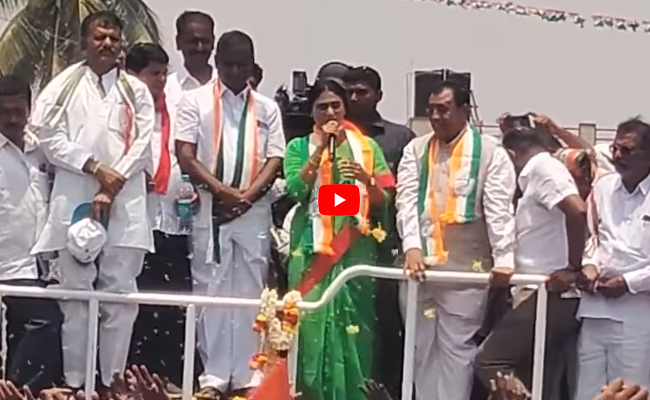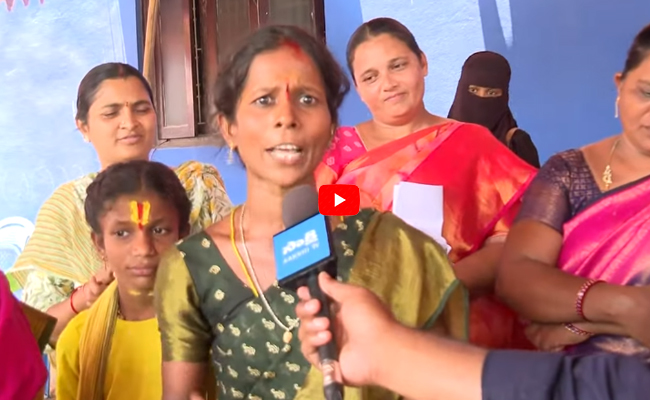100. The options like Relationship, SQL Server etc. are found in ___
1) External data tab
2) Database tools tab 3) Create tab
4) Home tab 5) Format tab
101. A Database Language Concerned with the Definition of the Whole Da-tabase Structure and Schema is ____
1) DCL 2) DML 3) DDL
4) DCO 5) DDI
102. A ____ Enables You To View Data From A Table Based On A Specific Criterion
1) Form 2) Query 3) Macro
4) Report 5) Bug
103. A ____ normal form normalization will be needed where all attributes in relation tuple are not functi-onally dependent only on the key attribute.
1) First 2) Second 3) Third
4) Fourth 5) Fifth
104. An outstanding functionality of SQL is its support for automatic ____ to the target data.
1) programming 2) functioning
3) navigation 4) notification
5) none of these
105. The hardware component used to control the operation of a computer system is:
1) Ram 2) Processor
3) Keyboard 4) Hard disk
5) Monitor
106. Which output device is suited to presenting information that is likely to change very frequently?
1) Sound card 2) Monitor
3) Plotter 4) Printer 5) COM
107. Which is the most difficult environmentally to dispose of?
1) Floppy drives 2) Hard drives
3) Power supplies 4) CRTs
5) System boards
108. Which type of system hoard is the MOST likely candidate for proce-ssor upgrading if you want maxi-mum performance and future com-patibility?
1) ML 2) PCI 3) ISA
4) EISA 5) ISO
109. Which of the following is a type of preventative maintenance used on a hard drive?
1) Disk check diagnostics
2) Head alignment diagnostics
3) Initializing
4) Uninstalling programs
5) None of the above
110. How many IRQs does a chain of USB devices require?
1) 1 2) 2 3) 3 4) 4 5) 5
111. Which of the following addressing modes, facilitates access to an operand whose location is defined relative to the beginning of the data structure in which it appears?
1) ascending 2) sorting
3) index 4) indirect 5) direct
112. Which command will be used with vi editor to replace text from cursor to right?
1) r 2) R 3) s 4) S 5) Q
113. Which of the following is not a filter?
1) cat 2) grep 3) wc 4) sort
5) None of the above
114. Which of the following commands is used to view your file 24 lines at a time?
1) pg 2) cat 3) //p 4) /p 5) ///p
115. The rise time of a pulse waveform is the time required for the voltage to rise:
1) from zero to its rms value
2) from zero to its peak value
3) from 10% of the peak value to 70.7% of the peak value
4) from 10% of the peak value to 90% of the peak value
5) from 10% of the peak value to 80% of the peak value
116. Holes are the minority carriers in which type of semiconductor?
1) Extrinsic 2) Intrinsic
3) n-type 4) p-type 5) m-type
117. While working with MS-DOS, which command is used to restore files that were backed up using the BACKUP command?
1) COPY 2) DISKCOPY
3) RESTORE 4) STORE
5) DELETE
118. Which of the following commands will take you directly to the root directory no matter what subdirectory you are currently in?
1) CD \root 2) CD\ 3) CD\..
4) CD.. 5) CD\\..
119. Batch files contain a group of MS-DOS commands that are run in successive order. What filename extension identifies batch files?
1) COM 2) BAT 3) EXE
4) SYS 5) DOC
120. The _____ command allows you to modify the default prompt to provide other information
1) prompt 2) windows
3) cursor 4) click 5) double click
Quantitative Aptitude and Data Interpretation
121. {522 + 452} ÷ ? = 8
1) 611.345 2) 487.225
3) 591.125 4) 372.425
5) None of these
122. 72% of 752.6 = 48% of ?
1) 1128.9 2) 1332.7
3) 1536.5 4) 1742.3
5) None of these
123. ?% of 658 + 40% of 845 = 568.3
1) 46 2) 42 3) 38
4) 35 5) None of these
124. (15.5% of 1245) –
(12.5 % of 1458) = ?
1) 10.725 2) 10.735
3) 10.745 4) 10.755
5) None of these
125. 644 ÷ 85 = ?
1) 812 2) 88 3) 84 4) 82 5) None of these
126. 99.752 – 2250.0625 = ?
1) 9900.625 2) 7700 3) 6545.625
4) 8875 5) None of these
127. 12.252 –= ?
1) 235.1625 2) 125.0625
3) 375.2625 4) 465.3625
5) None of these
128. 383 ´ 38 ´ 3.8 = ?
1) 58305.8 2) 57305.6
3) 56305.4 4) 55305.2
5) None of these
129. 43.231 – 12.779 – 6.542
– 0.669 = ?
1) 27.341 2) 25.242
3) 23.241 4) 21.342
5) None of these
130. 572 + 38 ´ 0.50 – 16 = ?
1) 289 2) 305 3) 448
4) 565 5) None of these
Directions (Q.131-135): Study the table carefully to answer the questions that follow.
The number of persons visiting six diff-erent Super markets and the per-centage of Men, Women and Children visiting those Super markets
131. The number of men visiting Super market D forms approximately what percent of the total number of persons visiting all the Super markets together?
1) 11 2) 5.5 3) 13
4) 9 5) 7.5
132. The number of children visiting Super market C forms what per cent of the number of children visiting Super market F? (Rounded off to two digit after decimal)
1) 91.49 2) 49.85
3) 121.71 4) 109.30
5) None of these
133. What is the total number of children visiting Super markets B and D together?
1) 18515 2) 28479
3) 31495 4) 22308
5) None of these
134. What is the average of women visiting all the Super markets together?
1) 24823.5 2) 22388.5
3) 26432.5 4) 20988.5
5) None of these
135. What is the ratio of the number of women visiting Super market A to that of those visiting Super market C?
1) 35 : 37 2) 245 : 316
3) 352 : 377 4) 1041 : 1156
5) None of these
136. The sum of two numbers is 528 and their HCF is 33. How many such pairs of numbers are possible?
1) 2 2) 3 3) 4
4) 5 5) None of these
137. Two numbers are there in the ratio 2 : 3. After subtracting 4 from both the numbers its ratio will become 5 : 8. Then find initial numbers?
1) 20, 30 2) 24, 36
3) 30, 45 4) None of these
138. In an election between two candidates, 75 % of the voters cast their votes, out of which 2% of the votes were declared invalid. A candidate got 9261 votes which were 75% of the total valid votes. Find the total number of votes.
1) 16800 2) 15800
3) 16700 4) 15700
5) None of these
139. If the price of petrol is increased by 30%, by how much percent a car owner must reduce his consumption in order to maintain the same budget?
1) 21% 2)
3) 4) 33%
5) None of these
140. The selling price of 8 articles is equal to cost price of 10 articles. Find profit or loss percentage?
1) 10% 2) 20% 3) 25% 4) 32% 5) None of these
141. Rs. 700 is divided among A, B, C so that A receives half as much as B and B half as much as C. Then C's share is ___
1) Rs. 200 2) Rs. 400
3) Rs. 300 4) Rs. 600
5) None of these
142. A tourist bus covers a distance of 522 km at the speed of 58 km/hr in 11 hours. If the bus halted at a tourist spot in the middle of the journey, for how much time did it halt?
1) 30 min 2) 1 hour
3) 1 hr 30 min 4) 2 hours
5) None of these
143. X, Y and Z can do a piece of work in 48, 60 and 80 days viz., They began the work together but Z left 8 days before the completion of work. The work was done in ____ days
1) 10 2) 12 3) 13
4) 14 5) 22
144. A person borrows Rs.5000 for 2 years at 4% p.a. at simple interest. He immediately lends it to another person at 6 % p.a. for 2 years. Then his gain in the transaction per year is
1) Rs. 225 2) Rs. 125
3) Rs 112.50 4) Rs.167.50
5) None of these
145. Three cubes of edge 3 cm 4 cm and 5 cm are melted to form a single cube. Find the surface area of new cube.
1) 216 cm2 2) 64 cm2
3) 125 cm2 4) 512 cm2 5) None
Directions (Q 146 - 150): Study the given graph carefully to answer the questions that follow.
Number of people (in thousands) using three different types of mobile services over the years.
146. What is the average number of people using mobile service M for all the years together?
1) 2)
3) 4)
5) None of these
147. The total number of people using all the three mobile services in the year 2007 is what percent of the total number of people using all the three mobile services in the year 2008? (Rounded off to two digits after decimal)
1) 80.72 2) 93.46
3) 88.18 4) 91.67
5) None of these
148. The number of people using mob-ile service N in the year 2006 forms approximately what percent of the total number of people using all the three mobile services in that year?
1) 18 2) 26 3) 11
4) 23 5) 29
149. What is the ratio of the number of people using mobile service L in the year 2005 to that of those using the same service in the year 2004?
1) 8 : 7 2) 3 : 2 3) 19 : 13
4) 15 :11 5) None of these
150. What is the total number of people using mobile service M in the years 2008 and 2009 together?
1) 35,000 2) 30,000
3) 45,000 4) 25,000 5) None
Directions (Q 151-155): Study the following graph carefully to answer these questions.
Profit earned by seven companies during 2003 and 2004 (in Rs crore)
(Profit = Income - Expenditure)
151. What is the ratio between the profit earned by Company A in 2004 and Company B in 2003?
1) 4 : 3 2) 3 : 2 3) 3 : 4
4) 2 : 3 5) None of these
152. What is difference between total profit earned by Company E, F and G together in 2003 and 2004 (in Rs Crore)?
1)70 2) 75 3) 78
4) 82 5) None of these
153. What is the ratio between the profit earned by Company C in 2003 and 2004 together and the profit earned by Company E in the same two years mentioned above?
1) 11 : 9 2) 9 : 10 3) 10 : 11
4) 11 : 10 5) None of these
154. What is the average profit earned by all the companies in the years 2003 (in Rs Crore, correct up to two digits after decimal point)?
1) 52.75 2) 53.86 3) 52.86
4) 53.55 5) None of these
155. Profit earned by the Company B in 2004 is what percent of the profit earned by the same Company in 2003?
1) 133.33 2) 75 3) 67.66
4) 75.25 5) None of these
Directions (156 to 160): Study the following Pie-chart and answer the questions given below:
Total number of Passengers in six different trains = 4800
Percentage wise distribution of passengers
156. What was the average number of passengers travelling in Train-A, Train-C and Train-F together?
1) 816 2) 826 3) 824
4) 812 5) None of these
157. If cost of one ticket is Rs. 124. What is the total amount paid by passengers of Train-B? (Assuming all the passengers purchased ticket and cost of each ticket is equal)
1) Rs. 53,658 2) Rs. 53,568
3) Rs. 53,558 4) Rs. 53,468 5) None of these
158. Number of passenger in Train-E is approximately what percentage of the total number passengers in Train-B and Train-D together?
1) 64 2) 69 3) 75
4) 54 5) 79
159. What is the difference between the number of passengers in Train-C and number of passenger in Train-A?
1) 280 2) 250 3) 230
4) 260 5) None of these
160. What is the total number of passengers in Train-D, Train-E and Train-F together?
1) 2796 2) 3225 3) 2976
4) 3125 5) None of these
ENGLISH LANGUAGE
Directions (Q. 161-170): Read the following passage carefully and answer the questions given below it. Certain words have been printed in bold to help you locate them while answering some of the questions.
The right to information act (RTI) had been passed by both the Houses of Parliament and given assent to by the president on June 15, 2005. It had come into force on 13 October 2005 and India had joined the group of 55 countries to have such legislation.
The RTI Act entitles citizens to seek information controlled by public authorities. Thus it obligates every public auth-ority to provide information. The objective is to provide a high degree of transparency and accountability in the working of public authorities and by implication to curb, if not eliminate corruption and inefficiency in these organizations, and the Act has helped citizens to obtain official documents and to have access to government records without paying bribe or using undue influence.
The seeds were sown in as early as 1975 in a case "state of UP V Raj Narain". The Supreme Court had said that the people had a right to know every public act. In 1992 and 1995 the court reiterated the right to know as implicit in the right to speech and expression guaranteed under Article 19(1) (a).
The movement -RTI- grew from the grassroots in Rajasthan, The National Campaign for people's Right to Inform-ation (NCRI) and the Press Council of India sent in 1996 a draft of RTI law to the Government of India. In the meantime, the campaign for RTI by NCPRI continued and spread through the country, nine states passed RTI laws. Though the Government of India introduced the freedom of information bill in Parliament in 2002 and got the presidential assent in 2003, no commencement was ever notified and was thus a non-starter, so the campaign continued to press for an effective RTI.
These efforts found support in the common minimum programme of the United Progressive Alliance (UPA) which promised to make the FOI more "progressive, participatory and meaningful". The National Advisory Council, set up by the Congress party and of which Aruna Roy and Jean Dreze were members, discussed the issue and submitted to the prime minister's office a set of recommendations for amending the FOI act after considering the suggestions from CHRI, the NCPRI and other civil society groups. An RTI Bill was introduced by the government of India in Parliament on 22 December 2004, it became the RTI Act, 2005.
161. The passage is essentially about __.
1) the RTI act
2) the debate on file noting
3) pressure on the government
4) public involvement in making laws
5) UPA government
162. The best inference from the passage is ___
1) very few countries in the world have RTI laws.
2) Citizens can now ask for information they want.
3) the government will function far better.
4) power lies with the act
5) power ultimately rests with the people.
163. Who set the ball rolling for the RTI act?
1) Governor 2) President
3) Supreme court
4) National advisory council
5) RTI
164. ___ was just a paper tiger.
1) FOI bill 2) The supreme court
3) The UPA government
4) Governor 5) President
165. The RTI act was possible because of ___
1) UPA government, CMP, NCPRI, the supreme Court, NAC
2) CMP, NAC, UPA, the supreme court, NCPRI, activists
3) The supreme court, NCPRI, activists, NAC, UPA government
4) Aruna Roy, Anna Hazare, Sonia Gandhi, Dr Manmohan Singh
5) Aruna Roy, Jean Dreze
Directions (Q. 166-168): Choose the word which is MOST SIMILAR in meaning to the word printed in bold as used in the passage.
166. TRANSPARENCY
1) Unclear 2) Precision
3) Ambiguity 4) Haziness
5) Muddle
167. REITERATE
1) Repeat 2) Refresh
3) Refurbish 4) Resurrect
5) Replenish
168. OBLIGATE
1) Compel 2) Constitute
3) Conspire 4) Conquer
5) Conjure
Directions (Q. 169-170): Choose the word which is MOST OPPOSITE in meaning to the word printed in bold as used in the passage.
169. ASSENT
1) Consent 2) Accept
3) Except 4) Excuse
5) Disagree
170. PROGRESSIVE
1) Dynamic 2) Avant-garde
3) Modern 4) Radical
5) Intermittent
Directions (Q. 171-175): Each question below has two blanks, each blank indicating that something has been omitted. Choose the set of words from the five options for each blank that best fits the meaning of the sentence as a whole.
171. According to Stress Management, ___ is a physiological response to an internal or ___ stimulus that triggers the fight-or flight reaction.
1) pressure, inward
2) strain, terminal
3) thrust, exterior
4) stress, external
5) steep, external
172. Nobel prize is to be awarded to a person for ___ contribution, and the nationality of the candidates being considered should not be a ___ factor for awarding the prize.
1) exceptional, restraining
2) extraordinary, refrain
3) except, restore
4) accept, reinstate
5) extracurricular, resuming
173. ____ politicians are always respected.
1) Conscious 2) Conscientious
3) Cautious 4) Carefree
5) Clumsy
174. As a teacher of English literature he would draw from the literary critical ___ of the West employing them in the most ____ way.
1) tradition, critics
2) traditional, criticism
3) traditions, critical
4) trade, cryptic
5) traditionally, critical
175. We were watching a movie on television when the light ___ off.
1) came 2) put 3) went
4) took 5) gave



